In honor of the Fourth of July, I thought I’d take a moment to reflect on St. Louis summer weather – infamous St. Louis summer weather. Though there are many things I miss about St. Louis (most notably my family), among the things I do not miss is the hot, humid weather that settles upon St. Louis in the summer months.
I thought I’d quote several famed writers who comment on St. Louis summer heat. Here they are in no particular order.
In an essay entitled simply “St. Louis,” novelist Fannie Hurst writes:
St. Louis is like this: You can fry an egg on its August sidewalk. To be sure, so can you in a score of American cities, but like Pittsburgh for its smoke, St. Louis takes the rap for its heat.
In his 1964 autobiography, in which he recounts the summer of 1951, athlete Dick Gregory says:
It was a long summer, and a hot one. The papers always had pictures of people frying eggs on the sidewalk in front of their houses. The mud on the river banks baked into a powdery dust that blew all over the city.
Another view of summer in the city is offered by Sally Benson, in her famed 1941 novel, Meet Me in St. Louis:
It was cool and quiet in the hall. The front door stood open and a yellow butterfly fluttered outside the screen. The leaves of the honeysuckle vine had opened and there were a few flowers on the vine. The sun, striking the wooden steps, was almost blinding. Katie had turned the hose on the porch earlier in the day, but now it was almost dry, and small pools of water stood only where the steps had sagged in the middle.
In The Twenty-Seventh City, his rather bizarre and fantastical 1988 novel about St. Louis, Jonathan Franzen describes “the heat and thunder of summer, when at dinnertime the sun is high and hot,” when “Cardinals take batting practice, and visitors rub their necks at the feet of the Arch, dripping mustard from their hotdogs, and the air smells like tar.”
In his 1937 novella The Lost Boy, Thomas Wolfe has his character return to his boyhood home of St. Louis (another instance of “you can’t go home again”). Wolfe offers perhaps the most depressing (but most accurate?) view of St. Louis heat and humidity:
It was a hot day. Darkness had come, the heat rose up and hung and sweltered like a sodden blanket in St. Louis. It was wet heat, and one knew that there would be no relief or coolness in the night, and one knew the heat would stay. And when one tried to think of a time when the heat would go away, one said, ‘It cannot last. It’s bound to go away,’ as we always say it in America. But one did not believe it when he said it. The heat soaked down and men sweltered in it, the faces of the people were pale and greasy with the heat. And in their faces was a kind of patient wretchedness, and one felt the kind of desolation that one feels at the end of a hot day in a great city in America.
And finally, I’ll share a somewhat more positive view of St. Louis summer weather, this from a 2006 poem by Stefene Russell, “Stardust in a Phrygian Key”:
With the sidewalks still hot but the sun gone down,
I’ll chuck off my plastic sandals and roll around
in the scrubby grass, wash my mouth out with petals. . . .I’m walking down my marble porch steps,
flanked by geraniums unbloomed and windchimes made from spoons,
a plastic American flag
in one hand and a spinning yard daisy in the other.

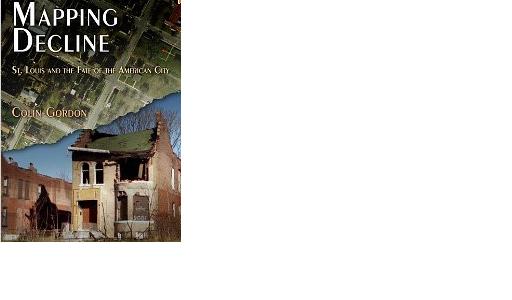

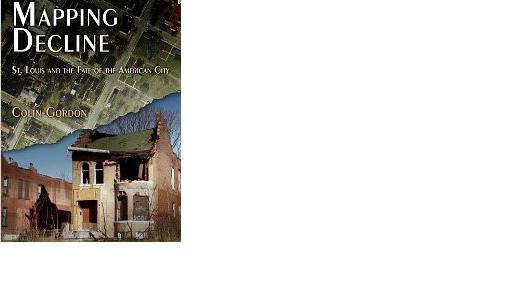

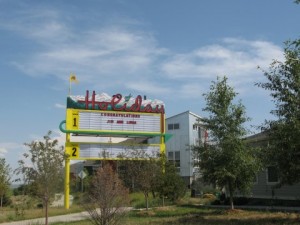
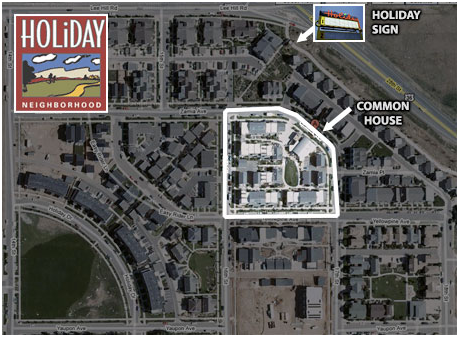
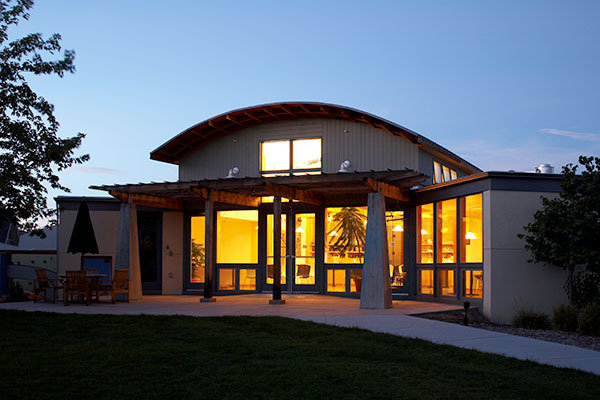
Recent Comments